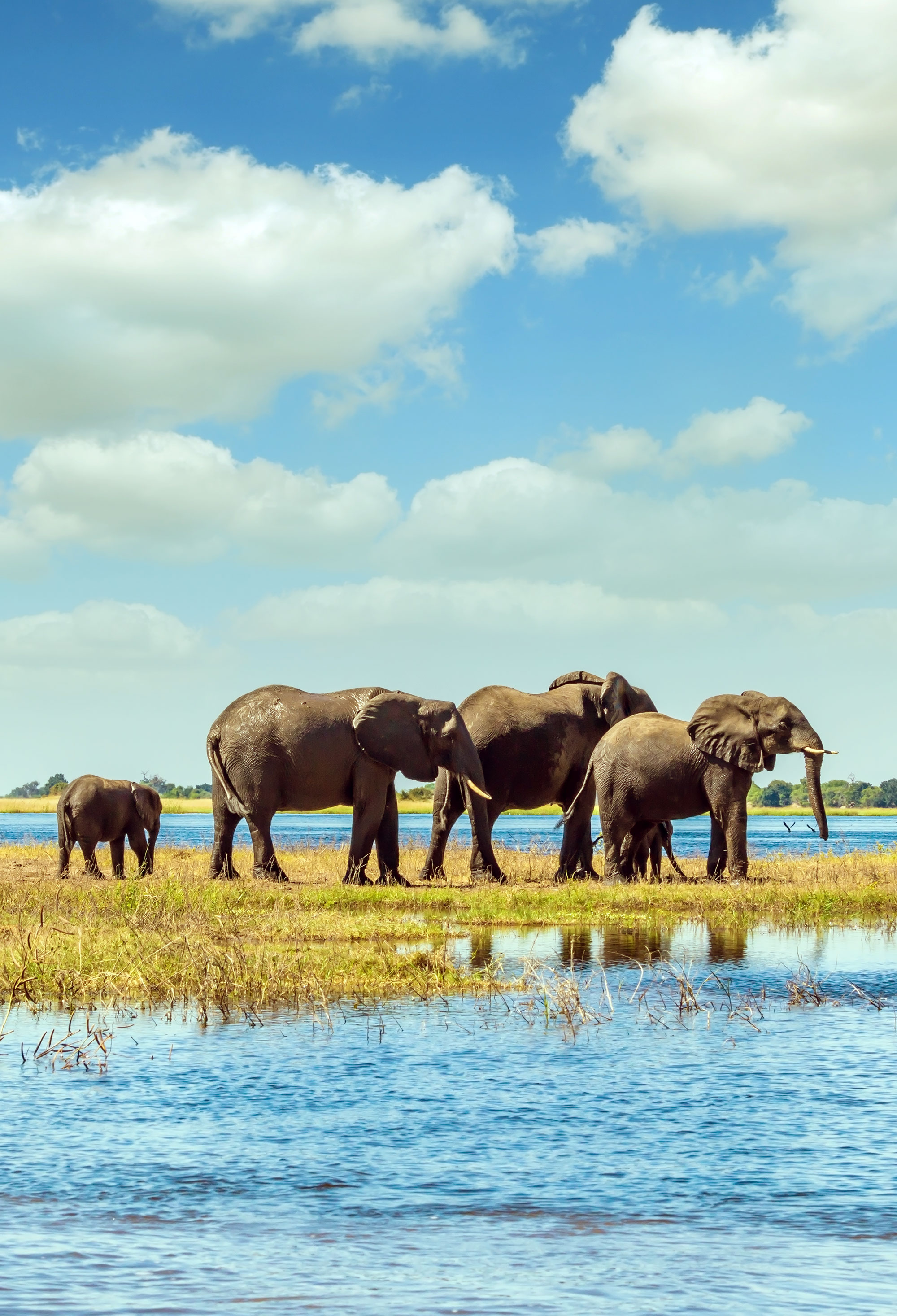Wetlands are found on every continent except Antarctica. They provide critical habitats for wildlife and flood protection to fragile coastal ecosystems by soaking up excess water. Although wetlands (alternatively called bogs, bayous, swamps, or marshes) cover less than 8% of the Earth’s land, it’s estimated that they retain almost a third of the world’s carbon. Below, journey to eight of Earth’s most important wetlands.
The Pantanal – Brazil, Paraguay, and Bolivia
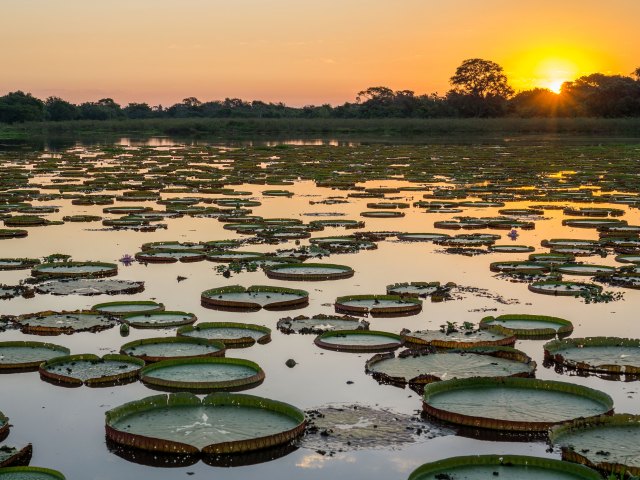
Brilliant blue hyacinth macaws — the world’s longest parrot — are among the many birds screeching above the largest tropical wetland on Earth. Covering more than 70,000 square miles in three South American countries, the Pantanal is roughly the size of Washington state. Nearly 5,000 species of plants and animals call the Pantanal home — giving it the highest concentration of wildlife on the continent — along with 270 communities of Indigenous peoples.
Saturated with torrential rains, the Pantanal’s enormous basin fills every year, draining slowly into the Paraguay River. The drainage results in pools filled with snails and fish, which draw in birds such as storks, egrets, and spoonbills, as well as bigger species including capuchin monkeys, jaguars, piranha, and green anacondas — the largest snakes on Earth. Unfortunately, this vital ecosystem is also endangered: Global warming and encroaching agriculture are shaving away its edges and threatening fresh water, oxygen and the habitat of its important animals.
The Great Dismal Swamp – North Carolina and Virginia
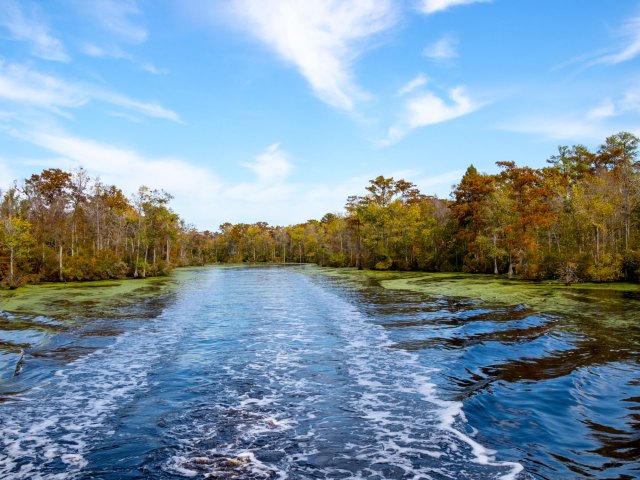
Once covering more than 1 million acres, the Great Dismal Swamp is the geologic remainder of a vast sea. The land formed when the continental shelf experienced a sudden settling and the swamp began to be forested at the end of the last Ice Age about 11,700 years ago. President George Washington was an early investor in a company attempting to drain the swamp to harvest its lumber and use the land for farming. The murky swamp also became a refuge for African Americans seeking freedom from enslavement, as the area’s impenetrable forest, venomous snakes, and dangerous wildlife provided cover from bounty hunters and law enforcement.
By the 1970s, about 90% of the swamp had been destroyed, but 112,000 acres remained, protected as a federal wildlife refuge. Today, the panthers and wolves are gone, but visitors can still see bears, foxes, alligators, butterflies, and more than 200 species of bird. Four-hour “swamp safari” tours are conducted by Suffolk County Tourism; don’t forget your mosquito repellent!
Asmat Swamp – Indonesia
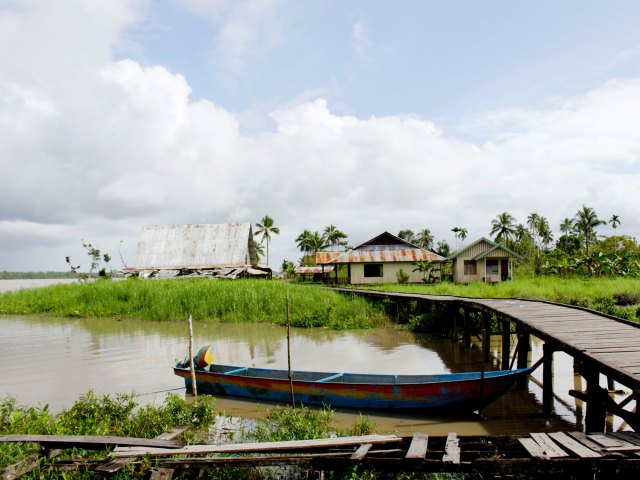
On the southern coast of Papua New Guinea lies the largest alluvial swamp in the world, meaning it contains large deposits of silt, clay, sand, and gravel. Named after the Indigenous peoples of the area, the Asmat is one of the most isolated areas in the world. The Arafura Sea nourishes the coast with 15-foot tide swells, and rivers cross a densely vegetated swamp roughly the size of Belgium. Mangroves nurture fish and crabs, and 15-foot-long crocodiles sun on riverbanks. The Asmat tribe are fierce warriors, and their exploits are celebrated in fantastically detailed wooden carvings.
The Everglades – Florida
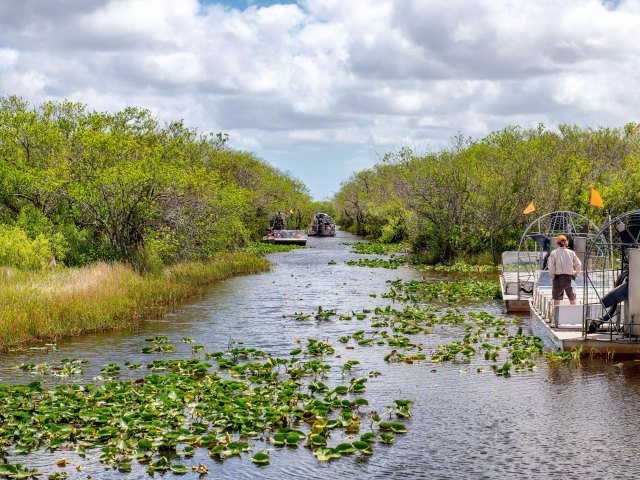
Often described as a “river of grass,” Florida’s Everglades National Park covers 1.5 million protected acres — about half of its original size. As the third-largest national park in the Lower 48, the Everglades is a rich biosphere of water and wildlife only an hour’s drive from the bustle of Miami.
The wetlands are home to a large number of endangered or threatened species, including panthers, alligators, and manatees — said to have inspired sailors’ tales of mermaids. The Seminole and Miccosukee tribes fished and hunted among the grasses choking the slow-moving brackish waters, and many still call the region home. Shallow-drafting airboats are a popular way to see the Everglades, as are kayaking and canoeing excursions.
Okavango Delta – Botswana
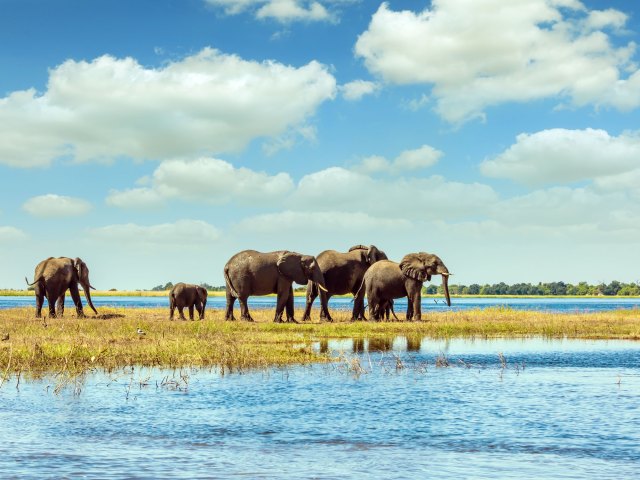
Most river deltas empty into an ocean, but in Botswana, the world’s largest inland delta flows out onto flat and grassy plains which swell to three times their usual size during the rainy season between March. The Okavango Delta covers almost 6,000 miles in the desert and forms an irresistible oasis for wildlife and for the humans who have settled in the area for at least 100,000 years, including the famed “Bushmen of the Kalahari.”
More than 4,000 rock paintings can be found at Tsodilo Hill, an official UNESCO World Heritage Site, depicting wildlife and hunting scenes. The Okavango is home to a wide variety of animals, including elephants, giraffes, hippos, zebras, and wildebeest.
Atchafalaya Basin – Louisiana
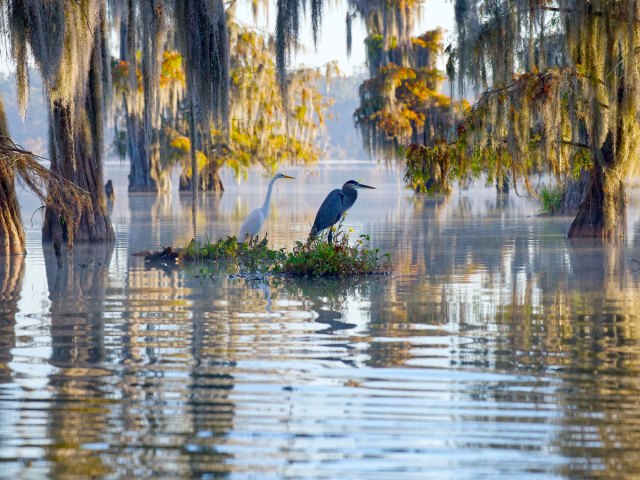
The name “Atchafalaya” comes from a Choctaw phrase meaning “long river,” and the tribe held sway over this fertile region of southern Louisiana for over 2,000 years — fishing, growing corn, and weaving intricate baskets from the wild cane reeds that grow in abundance. Larger than the state of Rhode Island, the swamp is home to more than 270 bird species, including wood storks, spoonbills, osprey, and bald eagles, as well as Louisiana black bears and thousands of American alligators.
About 15,000 acres of the hardwood forests and brackish salt marshes are preserved as the Atchafalaya National Wildlife Refuge. The French-speaking Acadians who migrated from Canada embraced these remote bayous, and the basin is the pride of Cajun Country.
Mesopotamian Marshes – Iraq and Iran
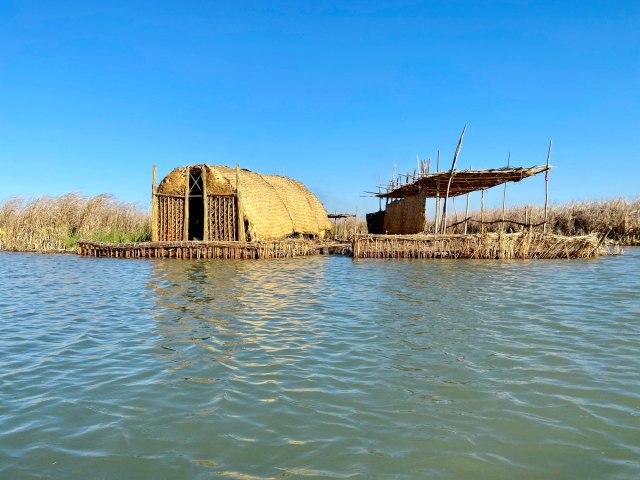
The “Cradle of Civilization,” the “Garden of Eden” — whatever you choose to call it, many of the most important developments in human history sprung from this deltaic plain of the Euphrates, Tigris, and Karun rivers in eastern Iraq and southwestern Iran, a land once called Mesopotamia.
The Marsh Arabs are believed to be the descendants of ancient Sumerians and have occupied these wetlands for 5,000 years — fishing, raising water buffalo, and cultivating rice. The marshes, now a UNESCO World Heritage Site, consist of shallow freshwater lakes, swamps, and seasonally inundated plains and are a critical wintering habitat for migratory birds.
Great Vasyugan Mire – Russia
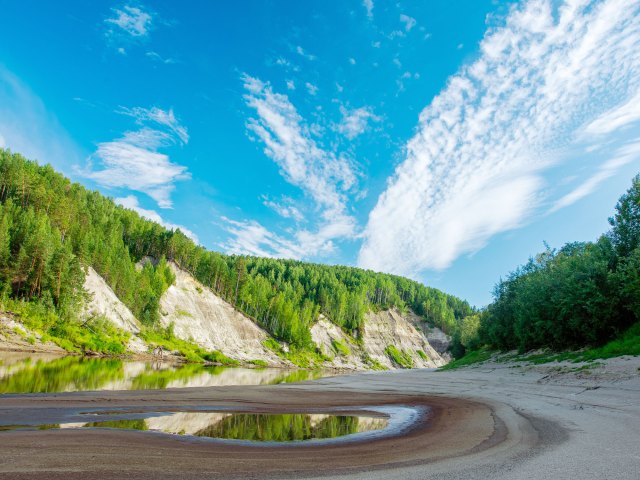
The words “Siberia” and “swamp” seem like they would never appear in the same sentence, but the Great Vasyugan Mire, covering almost 14,000 acres (an area 20% larger than Switzerland), is surprisingly lush despite an average winter temperature of -4.9 degrees Fahrenheit. As the largest swamp system in the Northern Hemisphere, the Vasyugan is still growing.
Under consideration as a UNESCO World Heritage Site, Vasyugan is composed of 800,000 lakes, numerous small rivers and springs, and temporary canals that rise and fall seasonally. A major reservoir of fresh water, the mire is a crucial habitat for bears, lynxes, reindeer, and sable (a small carnivorous mammal similar to a marmot or weasel), as well as many species of bird and fish.
More from our network
Daily Passport is part of Inbox Studio, which publishes content that uplifts, informs, and inspires.






